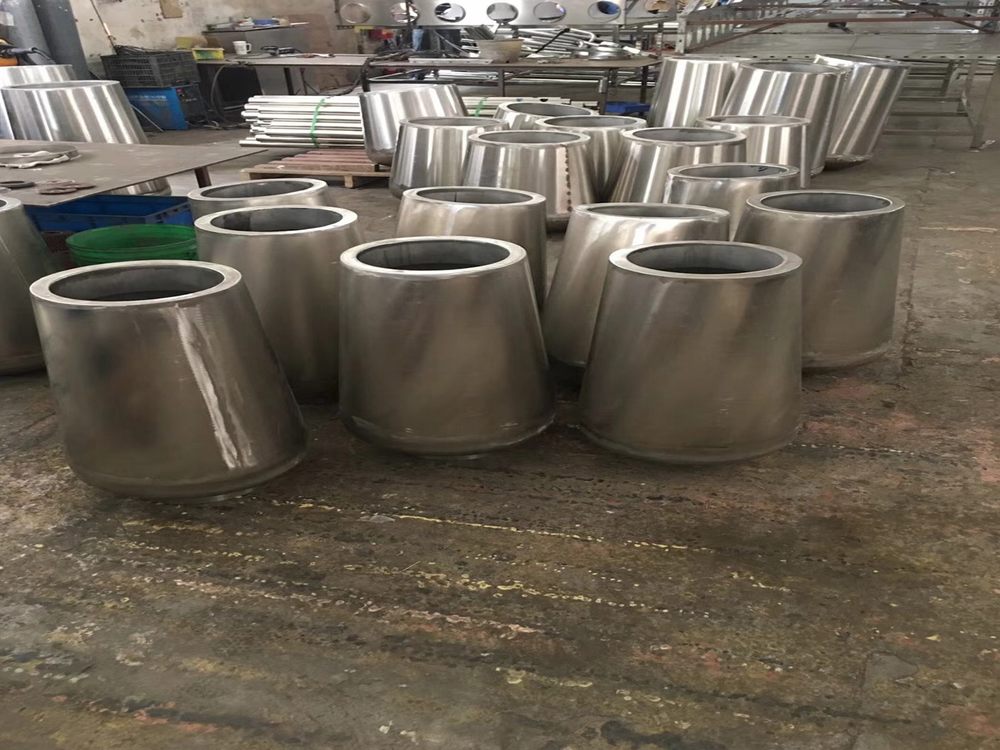
Bronze sculptures, traditionally rooted in classical artistry, are now embracing the digital age through innovative integrations with interactive and digital art forms. Artists are leveraging technologies like augmented reality (AR), 3D scanning, and projection mapping to breathe new life into these timeless pieces.
One compelling approach is the use of AR overlays, where viewers can scan a bronze sculpture with their smartphones to unlock dynamic digital animations or historical narratives. This not only enhances engagement but also bridges the gap between past and present. Similarly, 3D projections transform static bronze figures into moving, storytelling canvases, often synchronized with soundscapes for a multisensory experience.
Interactive installations take this further by embedding sensors within or around bronze sculptures. These sensors respond to touch, motion, or voice, altering light patterns or triggering digital effects. Such collaborations redefine sculpture as a participatory medium, inviting audiences to co-create the artwork.
By merging the tactile permanence of bronze with the fluidity of digital art, artists are crafting immersive experiences that challenge traditional boundaries. This synergy not only preserves the legacy of bronze sculpture but also propels it into the future of interactive creativity.

